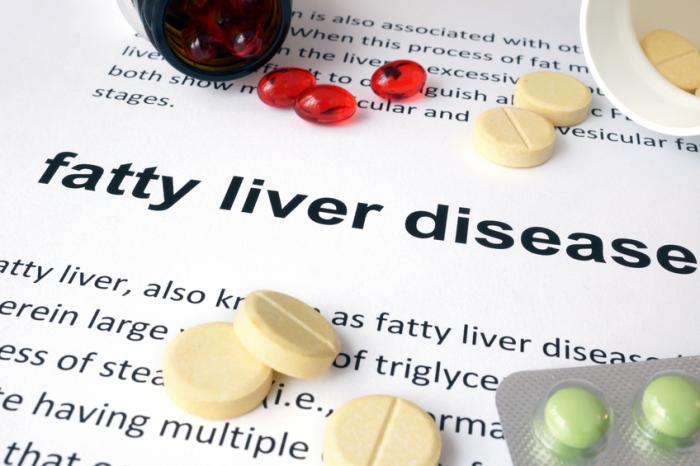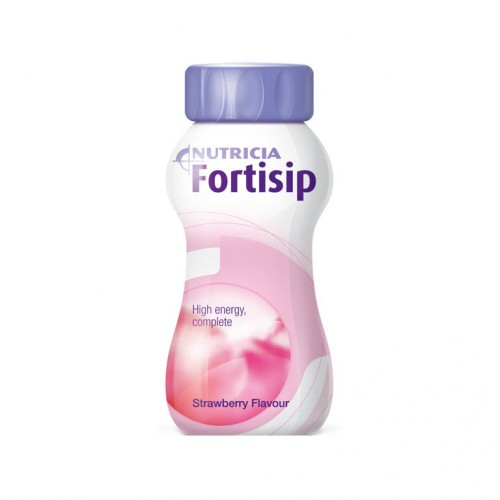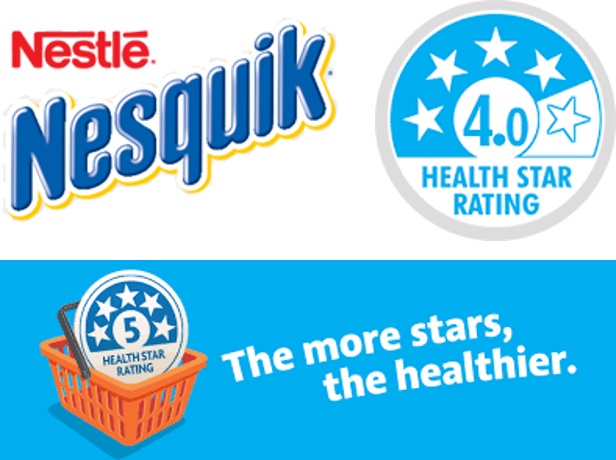Do you have a fussy eater? Are your kids refusing to eat their greens? Worry no more, you should just give them a chocolate milkshake instead. Well, that’s what the makers of PediaSure would have you believe. But is filling a kid with flour, sugar and seed oil really a better alternative to telling a kid to eat their greens for dinner or risk getting them for breakfast?
The latest Television Commercial for PediaSure shows a ‘busy kid’ playing basketball, riding his bike and sucking down a ‘delicious PediaSure health shake’ to ‘help support immunity, growth and a healthy appetite.’ The ad was in high rotation on Sunday night prime-time telly. The packaging looks a little like an infant formula tin but was clearly being sold as something active kids should be inhaling by the bucket-load. So what is it?
Here’s the ingredient list for vanilla PediaSure:
Hydrolysed corn starch, sucrose, PROTEIN (milk protein concentrate, soy protein isolate), VEGETABLE OIL (canola oil, high oleic sunflower oil, sunflower oil, medium chain triglycerides (MCT) oil), maltodextrin, MINERALS (potassium citrate, sodium citrate, calcium phosphate tribasic, potassium chloride, magnesium chloride, potassium phosphate monobasic, calcium carbonate, potassium phosphate dibasic, sodium chloride, magnesium phosphate dibasic, ferrous sulfate, zinc sulfate, manganese sulfate, cupric sulfate, potassium iodide, chromium chloride, sodium selenite, sodium molybdate), oligofructose (FOS), EMULSIFIER (soy lecithin), flavoring, DHA from C. cohnii oil , choline chloride, VITAMINS (ascorbic acid, Vitamin E, niacinamide, calcium pantothenate, thiamin hydrochloride, pyridoxine hydrochloride, riboflavin, Vitamin A palmitate, folic acid, phylloquinone, biotin, Vitamin D3, cyanocobalamin), ascorbyl palmitate, taurine, myo-inositol, carnitine tartrate, Lactobacillus acidophilus, mixed tocopherols
As delicious as that explosion in a chemical factory sounds, it boils down to garbage. Here’s my translation of the ingredient list (in descending order by calories supplied)
- Seed oil (35% of the calories)
- Pre-digested corn flour (for volume and ‘creaminess’ – also used in cosmetics) (30%)
- Table sugar (20%)
- Protein extracted from milk and soy (12%)
- Multi-vitamin
- Man-made soluble fibre
- Emulsifier (so the oil doesn’t layer out)
Yes, that’s right, this swill can summarised as Seed oil, Corn Flour and protein extracts with a serious dose of sugar to make sure the ‘busy kid’ will actually swallow it. It has a very similar make-up to so-called Toddler formula, the completely unnecessary marketing extension to actual infant formula. It also looks pretty similar to the shakes being sold to the elderly.
The omega-6 fats which dominate the seed oils are implicated in (at least) osteoporosis, male infertility, rheumatoid arthritis, Parkinson’s disease, allergies, asthma, macular degeneration, impaired intelligence and cancer. And the sugar will put the kid on track to an even more spectacular array of chronic diseases including Type II Diabetes, Kidney Disease, Fatty Liver Disease, Heart Disease, Erectile Dysfunction and Alzheimer’s.
This is all part of powder-creep. Baby formula is a, sometimes, vital food for infants who cannot be breast fed. But manufacturers are legally prohibited from filling infant formula with sugar and the margins are thin. If the manufacturers want to grow their revenue, they need new tummies to fill. So, we can expect more and more ‘nutritional supplements’ that look and taste like a milkshake but spouting dubious medical sounding benefits.
The reality is that a child in Australia today has about as much risk of being clinically undernourished as I do of being elected Pope. Yes, there are an exceedingly small number of Australian kids who could be considered at risk and they probably already have the support of a medical diagnosis and supervision. So, let’s stop pretending that flogging this sugar flavoured seed oil on prime time TV is anything other than a cynical attempt to sell cornflour at a massive markup. If you really want a kid to be well nourished give them a glass of milk or an egg. Both are almost perfect foods from a human nutritional perspective.
Corn flour, sugar and seed oil will not boost the average kid’s immune system or help them grow (well at least not vertically). PediaSure is no more a health food than the similarly composed seed oil and sugar effluent sold as Up&Go. It should be avoided with just as much diligence. And under no circumstances should it be given to children.


















Recent Comments